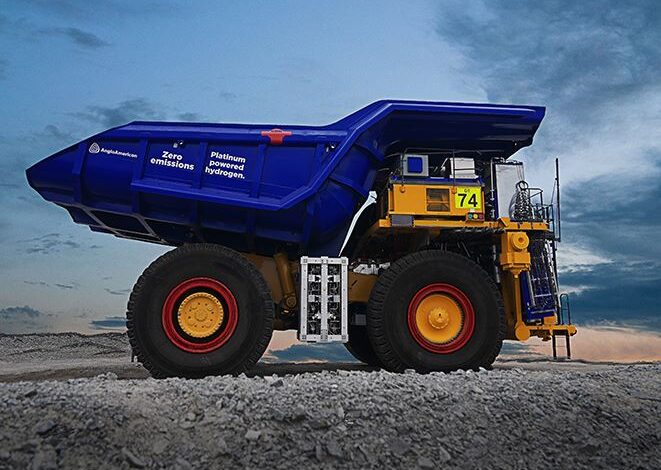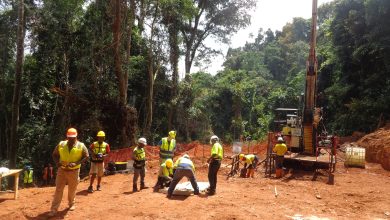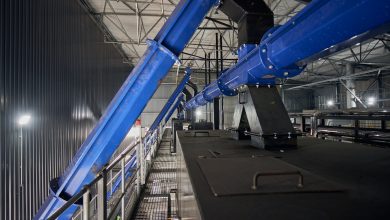
Electrolysers for onsite hydrogen fuel production for retrofitted haul trucks
Adequate hydrogen Production, successful fleet conversion
The success of the project to successfully retrofit hydrogen-fuelled mining trucks hinges on a reliable water electrolyser generating hydrogen in the required quantity and quality.
Ever since its launch, Anglo American’s prototype mine haul truck, which is powered by a combination of a 2MW hybrid power system (hydrogen fuel cell and a battery pack), has been showered by superlatives from awestruck analysts. Some have referenced it as an inspiration to industries that consume fossil fuels that are keen and committed to achieving carbon neutrality.
But is it not human nature to be charmed by a pristine finished product and overlook the vital cogs it constitutes?
Amid fascination with the “groundbreaking” vehicle, it is important to appreciate the critical components on which the success of the retrofitted vehicle hinges. For one thing, the vehicle needs a guarantee of a steady supply of hydrogen.
Consequently, to cater for this need, Anglo American devised nuGen™ Zero Emission Haulage Solution (ZEHS), a fully integrated green hydrogen system, consisting of production, fuelling and haulage system of hydrogen on-site. The pilot project utilises reliable technologies. One of the most prominent is the water electrolyser used to produce required volumes of hydrogen on-site. In the process of electrolysis, electricity splits water into hydrogen and oxygen.
Bearing in mind the significance of electrolysis, informed decisions have to be made when choosing suitable equipment for a project. This is because there are different kinds and brands of electrolysers.
Currently, two options of electrolysers enjoy wide usage in commercial-scale hydrogen production on industrial sites – alkaline electrolysers and proton membrane exchange. The latter is commonly used in contemporary industrial projects.
Nonetheless, as experienced with other mining equipment, not every electrolyser may live to its billing or perform to the desired levels. Additionally, there are situations where a quality product may be used in the wrong application, and there is no prize for guessing that the outcome is less than expected.
It does not have to be overstated that mining companies need to be well-versed in the specifications of electrolysers for their projects. The scale of a project, which could be small to large-scale production, determines the kind of electrolyser to be deployed. Typically, capacity volumes of hydrogen are produced per hour (Nm3) on a desired level of purity (for instance, 99.9%) depending on the footprint.
Boxes ticked
Generally, the Anglo-American pilot project ticks important boxes of what can be branded ‘the industry’s model for a smooth energy transition from diesel to clean energy’. This is owing to the right decisions made in the choice of products to perform processes like electrolysis.
Side Bar 1
Envisaged gains based on data
Anglo-American has done its homework relying on data on the envisaged gains from the project, once complete. For instance, a conventional truck of 290 tonnes would use around 3 000 litres of diesel per day, generating about 8 t of carbon dioxide. Haul trucks account for 80% of diesel emissions at Anglo-American. Once 40 trucks are successfully retrofitted at Mogalakwena Platinum mine, Anglo American intends to replicate the concept in its mining operations globally. Anglo-American has a fleet of 400 trucks globally.
Sidebar 2
What is needed to deploy a retrofitted vehicle?
The following are key elements needed to successfully develop, scale up and deploy hydrogen-fuelled vehicles:
- 1.2MWh battery pack – as the haul truck system uses multiple fuel cells that deliver up to 800kW of power, combining to deliver a total of 2MW of power.
- A software solution to safely manage power and energy between the fuel cells, batteries, and vehicle drive train.
- Power management and battery systems for energy recovery as the haul trucks travel downhill through regenerative braking.
- A hydrogen production, storage, and refuelling complex that incorporates the largest electrolyser in Africa and a solar plant to support the operation of the haul truck.
Typically, hydrogen enters the fuel cell from the tank and mixes with oxygen to form water. Platinum catalyses the chemical reaction which generates electricity used to power the motors that drive the wheels. The only emission from the vehicle is water vapour..






